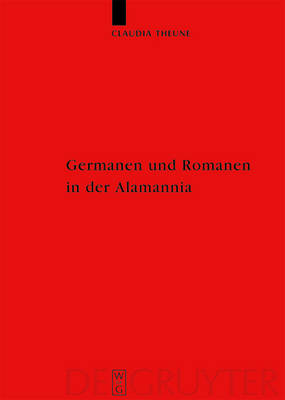Erganzungsbande zum Reallexikon der Germanischen Altertumskunde
1 total work
For many years, 260AD was seen as the dividing line between a Romanesque classical age and a Germanic early medieval period. Now, however, it is necessary to take more account of the manifold and mutual cross-influences between the various population groups and analyse forms of continuity and discontinuity, acculturation and persistence. An examination of archaeological sources in Alamannia shows the existence of Romanesque structures up to around the year 400. The "Reihengräberfelder" (burial gounds with the graves laid out in rows) dating from the mid-5th century can be seen as marking a new beginning. Various links to the Germanic Elbe region and the Danube area show the heterogenity of the population at the beginning of this era. As late as the 6th and 7th centuries, however, different forms of burial can be found in areas close to the Rhine and in the Danube region, which demonstrate the manifold cross-influences.
